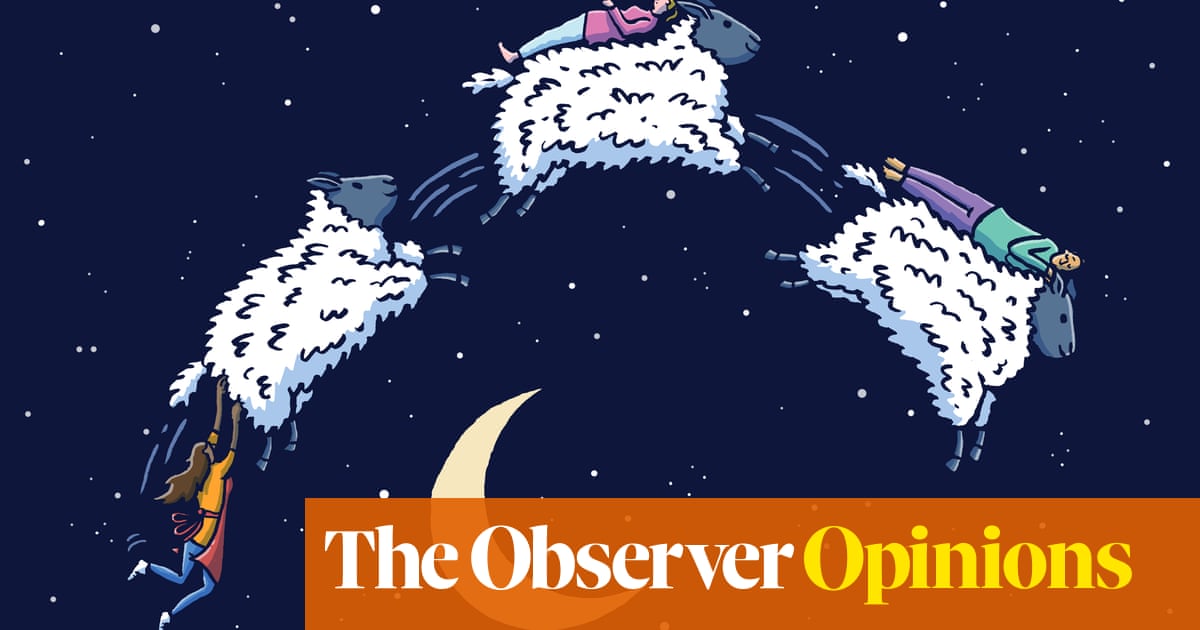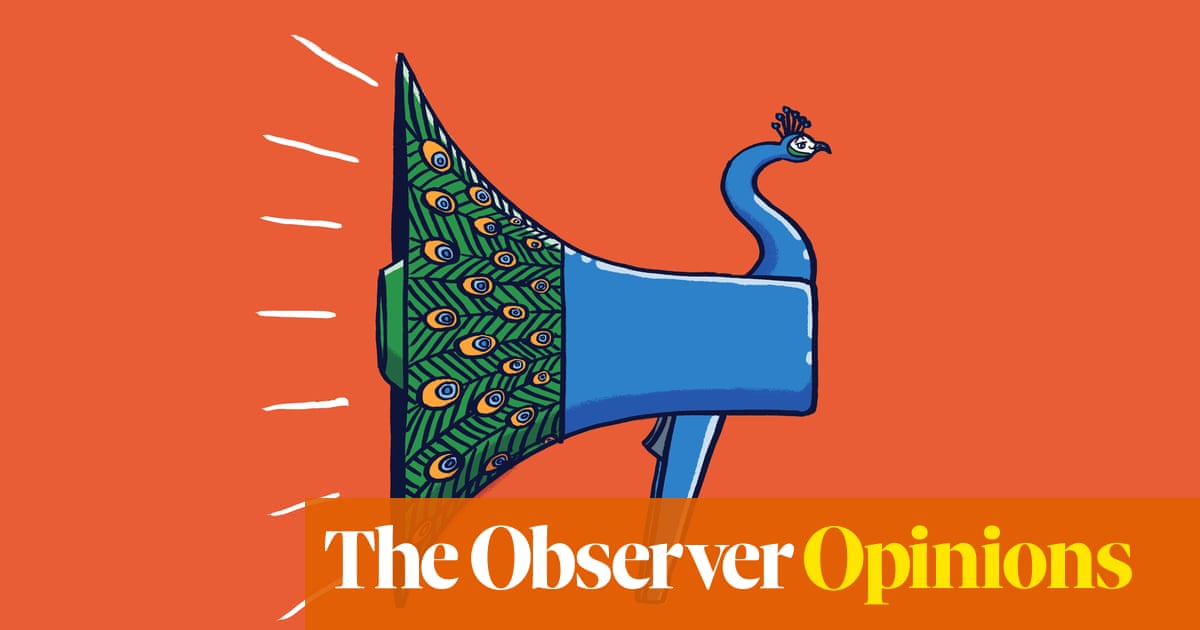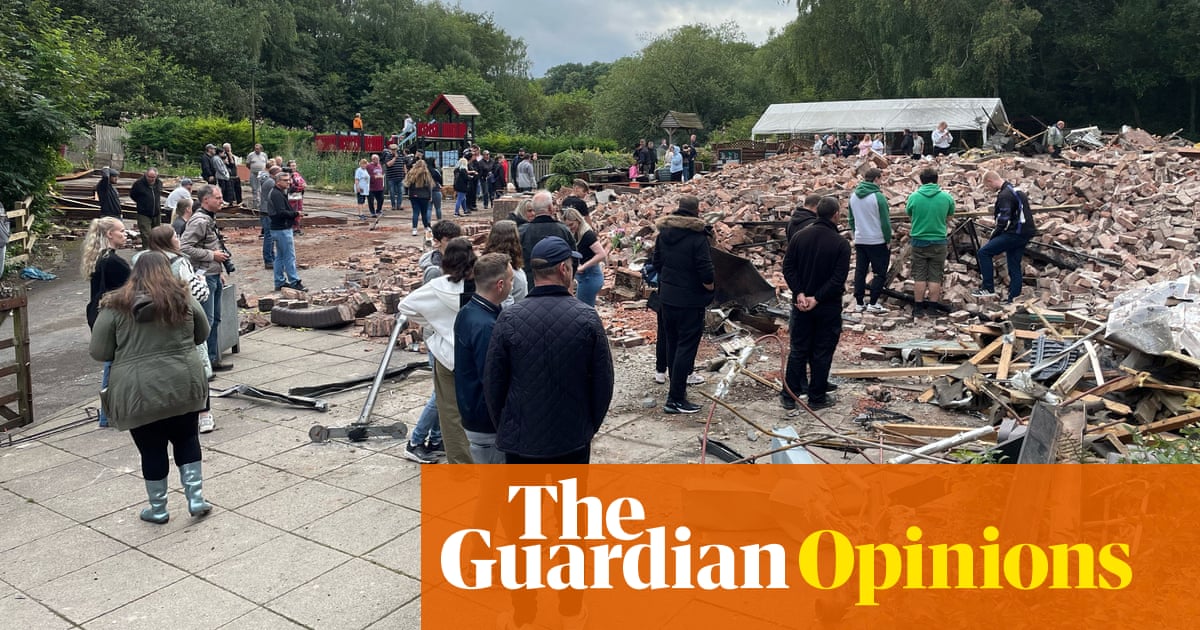
The Lebanese artist discusses some of his favorite work and the struggle to find ‘the bright side of the sinister’
LONDON: As a young man, Lebanese artist Hanibal Srouji was forced to flee his homeland as the violence of the civil war took hold. Eventually, the siren call of his country lured him back home, only for him to become embroiled once again in its turbulence. “I chose to come back, but I don’t know how long I can last,” he tells Arab News. “I wake up every morning and ask myself ‘How far can I go today?’”
For the latest updates, follow us on Instagram @arabnews.lifestyle
The first time he left Beirut, it was in a hurry. His father, who worked for Aramco, made radio contact with a colleague in Cyprus who arranged for the family to escape on a cargo boat. “We just waited for the boat as Beirut was closed and Sidon was closed. We took what we could with us and we just disappeared. When I look at photographs of us from that time, we were in pretty bad shape,” he says. “Leaving Lebanon was very stressful. I didn’t even know where we were going.”
His first departure led to a new life in Montreal, Canada. He went on to teach in Canada, the US and France. In 2010 he returned to Beirut, where he now teaches at the Lebanese American University.
“When I came back here 10 years ago, the situation seemed a bit more stable. Then it became unstable. Economically, it’s crazy. We have three different values for the dollar. How can you do business or pay for something if you don’t know what the value is? Many of our students have left with their families in the last few months,” he says. “What does it mean to be making art in Lebanon or the Middle East today? You are trying to say something? About what? This is the main question I am faced with.”
Here, Srouji talks us through a selection of his most significant work.
The two side panels of this triptych are made with rust residue, watered and worked through. Eventually, this staining produces a slow burning process. The canvas is trying to breathe – taking the oxygen from the air and at the same time the iron is burning the canvas. It’s a twist: You have to breathe to be alive but being alive you are burning yourself. The slow agony is worse than immediate suffocation. But at the same time it is a hopeful movement of particles. They buzz in space and float free.
This was one of a series of pieces created in the Nineties where I was using direct fire on the canvas. It’s related to the civil war. The idea was that the raw cotton canvas was an extension of my skin. In Lebanon, at the time I made this, they were trying to erase all traces of the war. I felt that was going too far. People wanted to forget and move on, which is understandable, but at the same time we didn’t have the chance to mourn. This work was a deliberate act to speak of what had taken place and revive memory.
I was working with fire; sometimes burning holes into the canvas. The brown-edged textures are melted beeswax. Beeswax, in the old days, was also used to heal burns. Ash marks were made by burning items including personal papers onto the canvas. This piece is a balance — simultaneously healing and exposing the wounds.
Whatever the reason for a bullet hole in a wall, the indent can still harbor light, color, life… This is a statement made with bare canvas and patches of color. It is changing sorrow and violence into a hopeful pattern — looking for the bright side of the sinister.
In 2010 I came back to Lebanon after 35 years and I started this new series. I was questioning myself, thinking, “I don’t know who I am.” I started thinking about the moment I left the country on a boat all those years before. When you’re on the water looking back, you see water, land and sky. But if you’re standing on the shore you see land, sea and sky. The sequence is not the same. These paintings play with that idea. Also, in relation to myself: Am I in the water looking up or looking down from the clouds?
There’s also the idea of dreamers having their ‘head in the clouds.’ Dreaming is a luxury these days. For the young generation — with everything that’s happening — they don’t even have a chance to dream. It’s a dismal existence. Five years ago I was saying, “Let’s dream again.” I felt that hope was possible. “Into the Clouds” was a call to dream. But it’s becoming more and more difficult.
It’s a romantic, fictitious, futuristic landscape — a nice fluffy space. I am constantly talking about trying to breathe; to be as light as possible — to have some kind of hopeful aspiration. But it’s up and down — sometimes I am very positive and sometimes I just hit the wall. At the age of 62 I find myself feeling like, “Tomorrow you will start from zero again.” Teaching is like starting from zero with the new students coming; every year you get a new batch of teenagers that you want to put through the mill and make the best out of them. That’s where I’m at now — basically concentrating on education and trying to open horizons for these young generations.
For this show, I started introducing neon lights into my work to pay homage to my uncles, who had a company that manufactured neon signs for ads. It was also a tribute to unknown artisans. They were the people who made Beirut a ‘light’ and very hip city in the Sixties. As a kid, going to downtown Beirut was like going to Times Square — lots of signs flashing on and off.
This is one of a series of two-panel paintings. Here, one side shows a penetrating projectile and the other the wound — the resultant pathway, which I painted with my fingers. It’s talking symbolically about the bullet and its trajectory through flesh. Even violence can have its own aesthetic. Yet here, it is always in the sense of sublimating the horror. We go to great lengths in our society to protect ourselves from facing the reality of violence.
This is a detail from a series called Cages, about the Twin Towers. I was in New York 10 days before 9/11. I was associated with the Triangle Arts Association, situated on the 92nd floor of the left tower of the Twin Towers. When the explosion happened, I went crazy seeing what was happening on TV. Part of me exploded too. I felt the impact. The space just disappeared with all the work inside it — including some of my own. Fortunately, it was too early in the day for any of the artists to be present.
After 9/11 some of my friends in America didn’t want to talk to me anymore. They regarded me with suspicion. With the concept of the cage, you can ask are we closed inside or are we looking at an open space where we are free to fly?











